
This post was created in partnership with the Hawai’i Department of Agriculture and Foodland, part of a year-long celebration to Eat Local.
What does it mean to eat local in Hawai’i, an archipelago that holds the title of the world’s most isolated landmass? In collaboration with Hawai’i’s Department of Agriculture and Foodland, I’ll be spending the next ten months answering this question, in writing and in practice. To start: An exploration of what growing food here looks like in action, and why the choice to eat local plays a role in environmental activism today.
Growing up in Hawai’i—a place with a stronghold on the collective, essentialized imagination of vacations and tropical life—is a far cry from postcard platitudes. There is no singular experience of “life in Hawai’i,” an assumption made far too often by well-meaning outsiders. Instead, the state harbors a diversity of life and humanity that rivals some of the most culturally eclectic international metropolises. This diversity is, in large part, due to the state’s agricultural history.
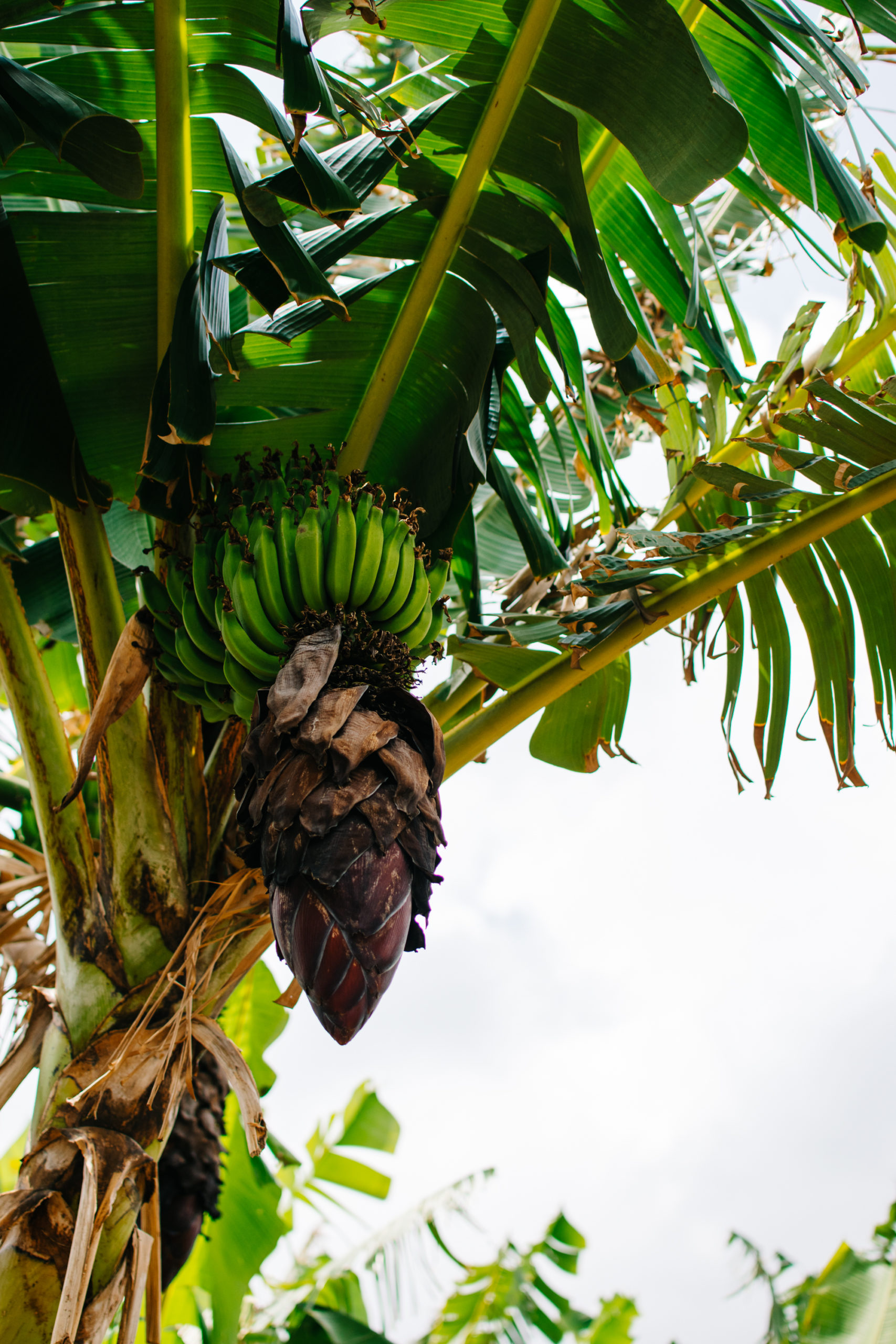
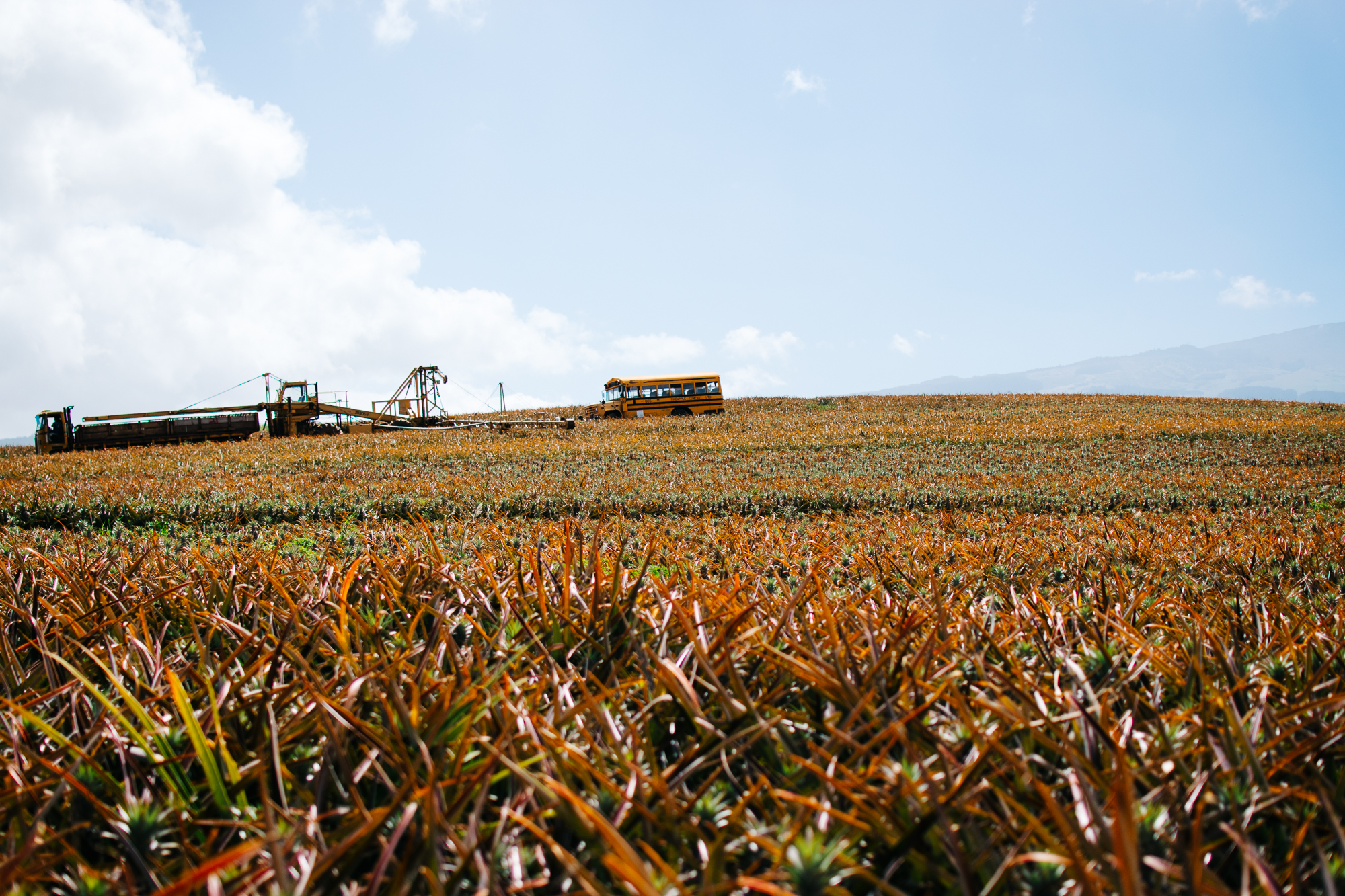
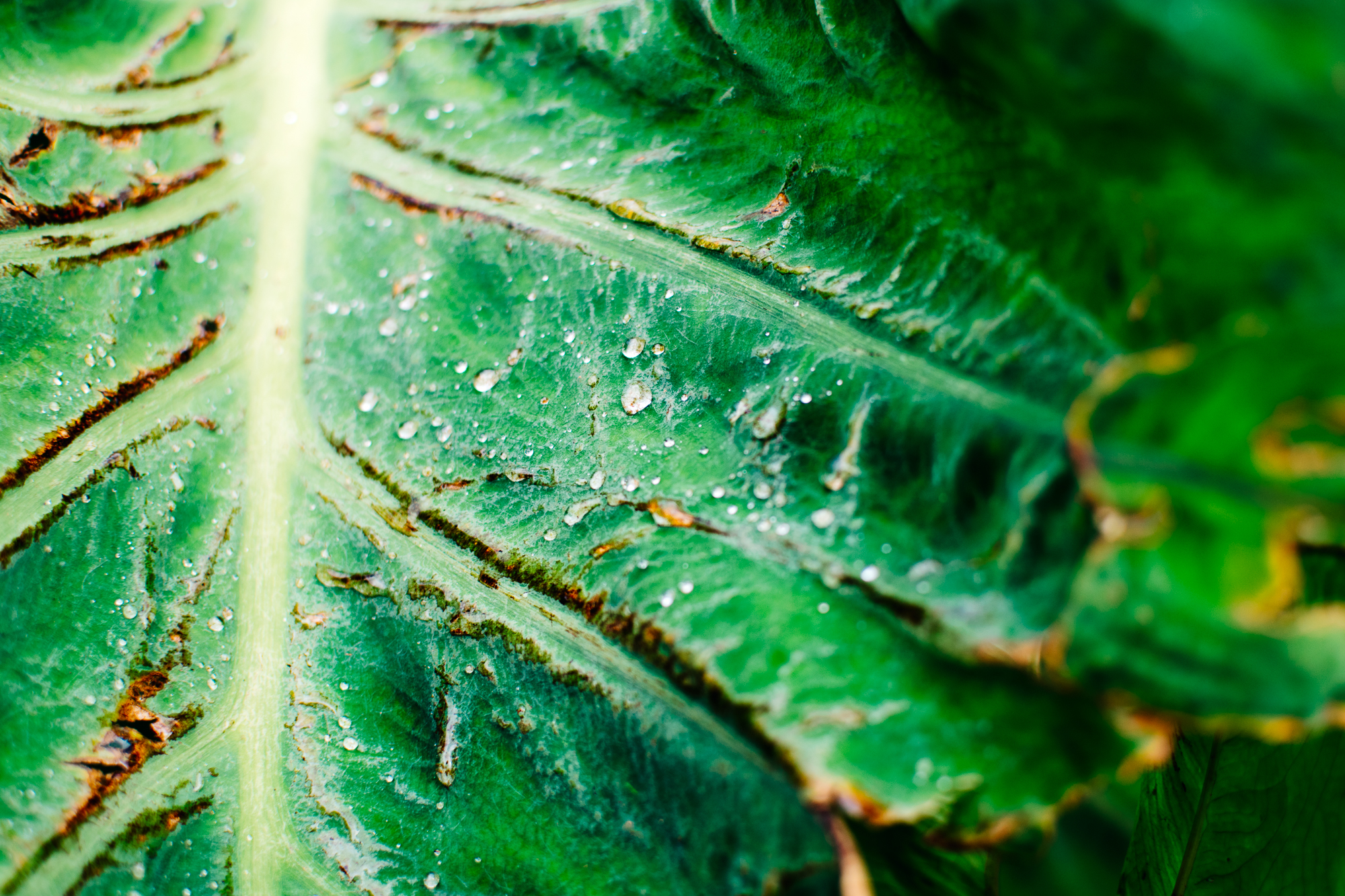
A brief overview: Between 500 and 700 AD, the first settlers arrived in Hawai’i from Polynesia, carrying with them a set of essential “canoe crops” for survival. These included kalo (taro), mai`a (banana), `olena (turmeric), ko (sugar cane), niu (coconut), `uala (sweet potato), uhi (yam), `ulu (breadfruit), `ape (elephant’s ear), noni (Indian mulberry), `awa (kawa), `awapuhi kuahiwi (shampoo ginger), kukui (candlenut), as well as chickens, pigs, and a handful of other multi-functional plants.
For the next thousand years, Hawai’i remained relatively isolated. The Hawaiian people lived in a state of balance with the earth, excepting occasional drought and crop challenges. They established a system of land, community, and resource distribution called ‘ahupua’a, or stretches of land that ran from the mountains to the sea. Wet- and dryland crops were cultivated and shared within each ‘ahupua’a, along with regular hauls of seafood from cultivated fishponds and the ocean. As Dr. Carlos Andrade, professor of Hawaiian Studies at University of Hawai’i at Manoa wrote,
“As the native Hawaiians used the resources within their ‘ahupua’a, they practiced aloha (respect), laulima (cooperation), and malama (stewardship) which resulted in a desirable pono (balance). This is sound resource management where the interconnectedness of the clouds, the forests, the streams, the fishponds, the sea, and the people is clearly recognized.”
With oversight from community elders and spiritual leaders, who regulated plant gathering and fishing schedules, the native Hawaiians lived and farmed in a symbiotic, sustainable relationship with the earth.
From 1778 to 1800, in the wake of Hawai’i’s first contact with European colonizers, a number of other crops and animals were introduced to the islands. Citrus, sandalwood, cattle, and boar were brought over, and quickly farmed at scale. In the early 1800s, coffee and sandalwood trades began, followed decades later by sugarcane. In the proceeding two centuries, crops in Hawai’i ranging from macadamia nut and eucalyptus to rice and pineapple flourished. And as major plantations for sugarcane and pineapple were established, workers from Japan, the Philippines, and China arrived to labor alongside those from Hawai’i, and smaller groups from Korea, Portugal, Puerto Rico, Scotland, and Germany.
The result? Agriculture became one of the predominant postcolonial industries in the state, eventually eclipsed by tourism but still a mighty economic and sociopolitical force. Not to mention the international amalgam of culinary influence that yielded what became known as “local food”.
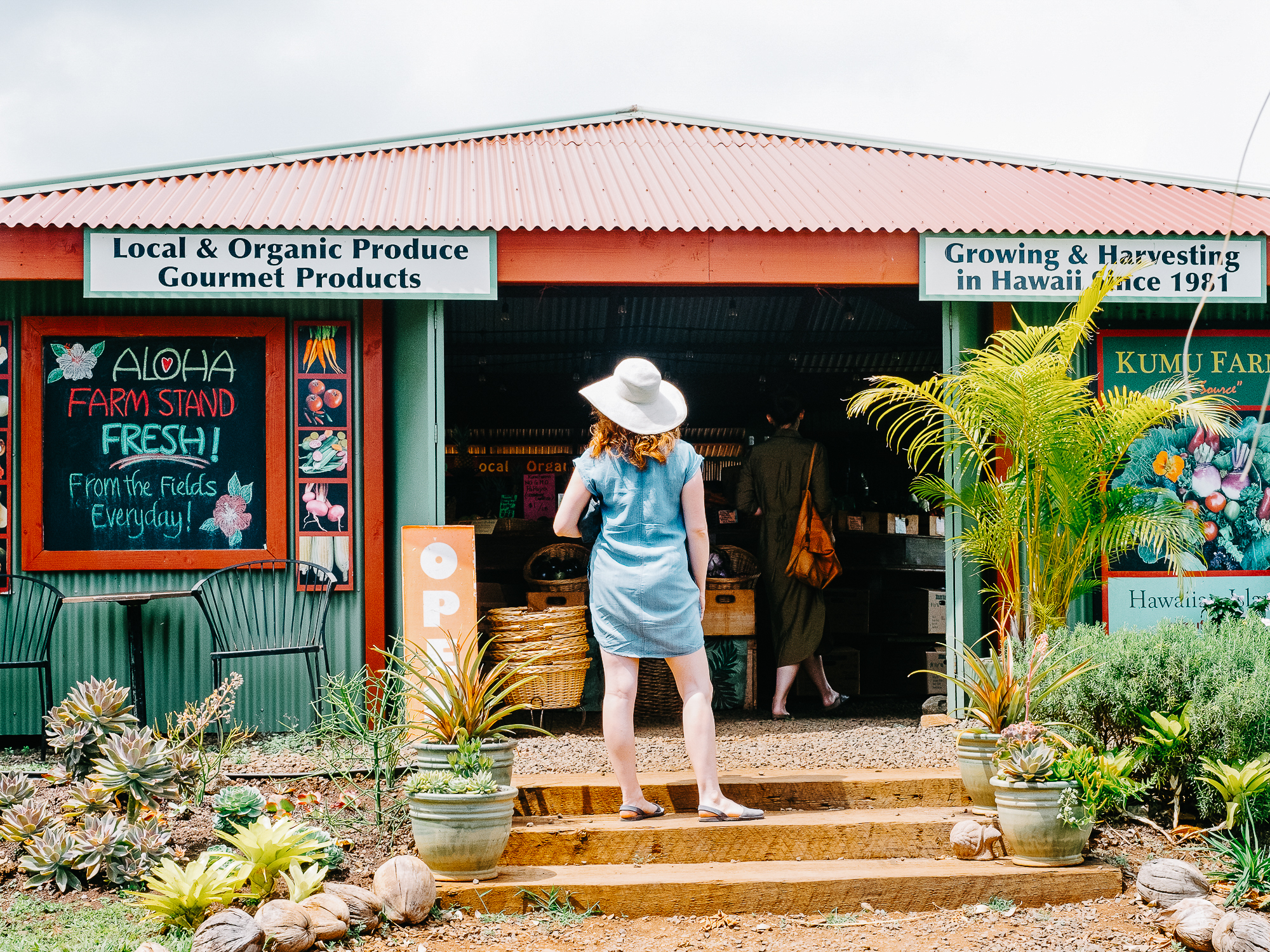
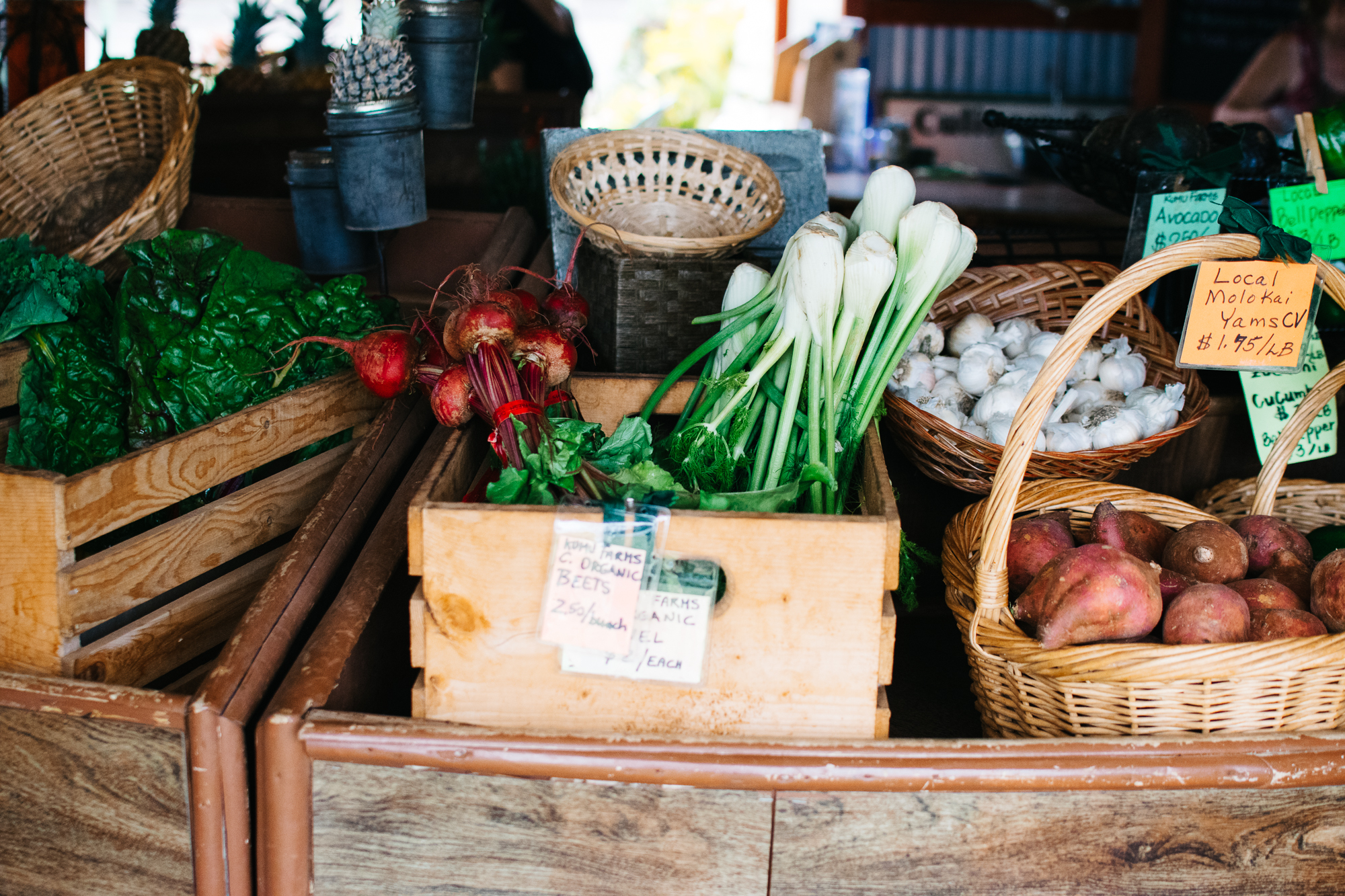
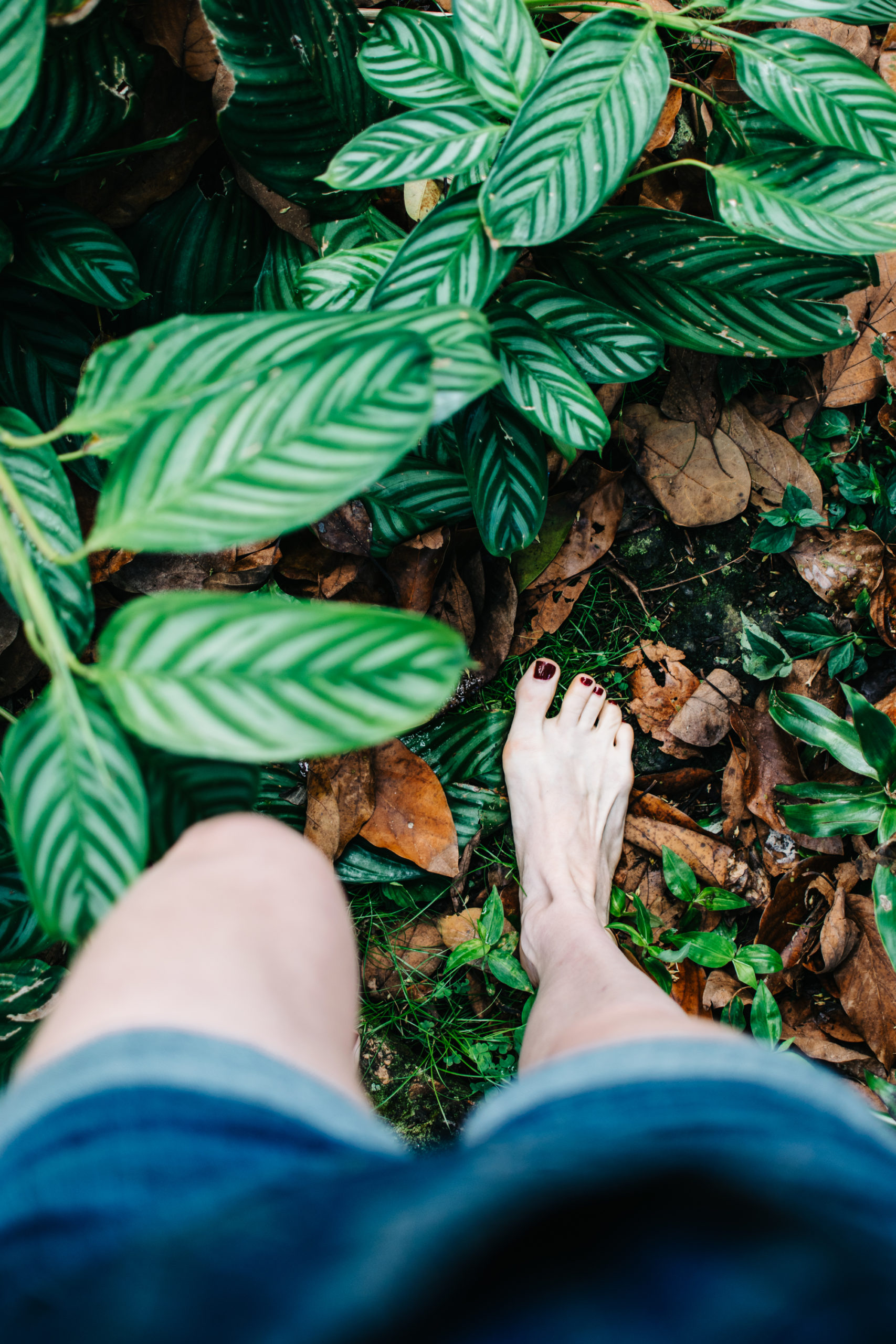

Hawai’i’s contemporary agricultural landscape has shifted dramatically, as the state’s last operating sugarcane plantation (on my home island of Maui) finally closed in 2016. After 145 years of sugarcane on Maui, more than 41,000 acres are in the process of diversification by the farming company Mahi Pono. Simultaneously, agri-tech companies like Bayer and hyper-wealthy individuals like Larry Ellison are farming large tracts of land throughout the islands. And while these major players settle in from the outside, an equal if not stronger root system of small farms is building rhizomatic power throughout the state.
Over the past decade, I’ve explored numerous farms on Maui, each seeking to implement today’s agricultural prowess with the sustainable wisdom of native farming practices. Most farmers I meet are eager to bridge the gap between production and sustainability—a line toed masterfully by the ‘ahupua’a system of Hawai’i’s past. In a state that imports 80 to 90% of its food, and where such imports are costly (shipping and air transport to the most isolated landmass on earth comes at a premium), growing local takes on new urgency.
Undeniable food security issues aside, the environmental price tag of importing food is just as galling. Shipping accounts for more than 18% of some pollutants, and a single giant container ship can release nearly the same measure of such compounds as 50 million cars. At a time when the carbon footprint of food imports takes such a significant toll on the environment, eating local is more than a pleasure—it’s a powerful pledge of environmental activism and decolonization.
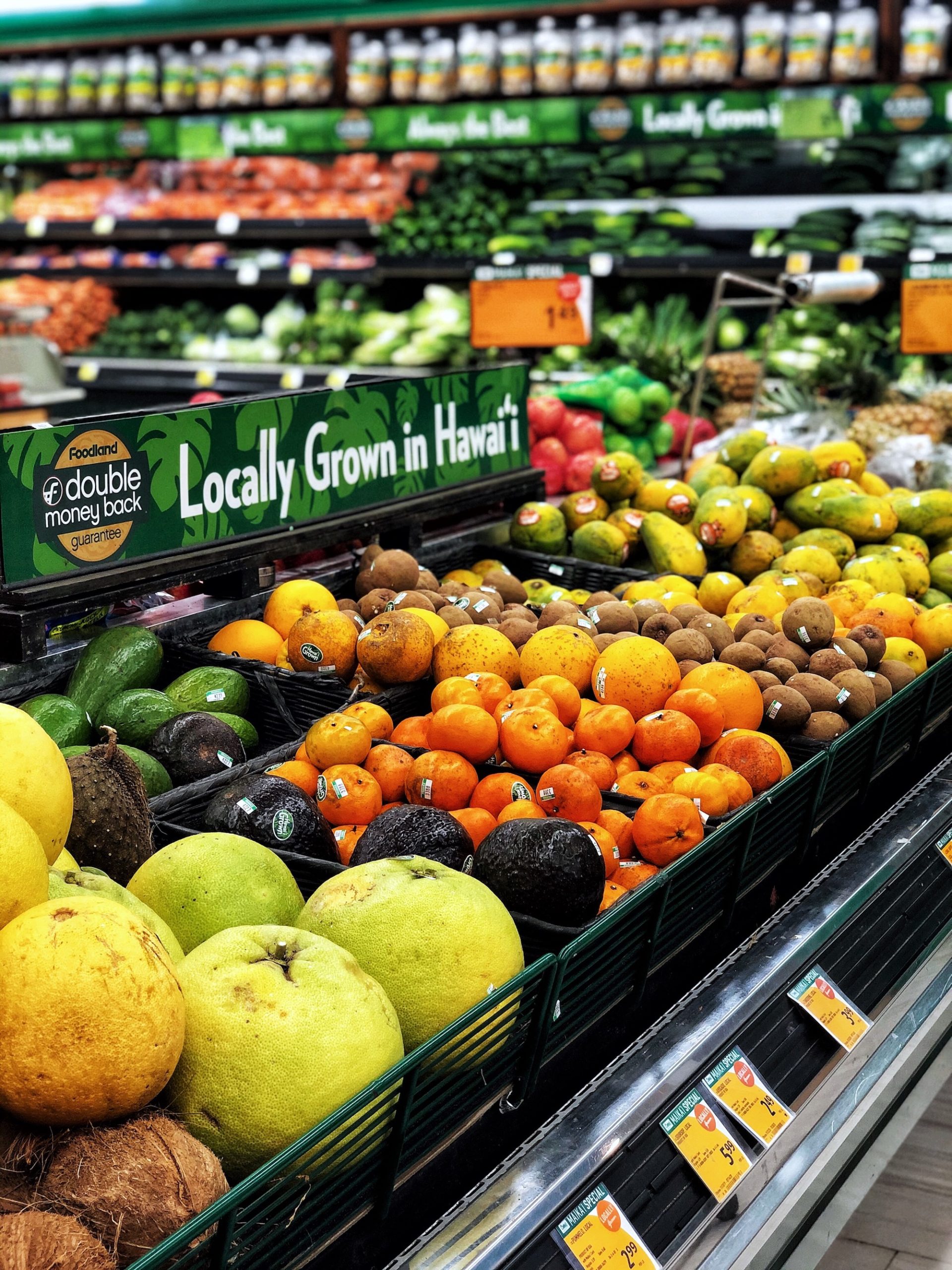
For me, this means finding ways to grow my own food and to invest extra time and money in supporting local farmers. So much the better if locally owned grocery stores like Foodland make it easy and affordable to access agricultural treasures grown nearby. It’s a relief knowing I can make a last minute grocery run and rely on finding a bounty of locally grown fruits and veggies—including many of Hawai’i’s initial canoe crops. Foodland’s Eat Local pledge incentivizes shoppers ready to make a difference by offering rewards for each local produce item purchased. Buy enough locally grown papayas and you might earn enough points for an inter-island flight—or at least a discount on your groceries.
Over the next months, I’ll visit local farms, get real with farmers, and make as much locally-sourced, delicious, and nourishing food and DIY body products as possible. And I intend to bring you with me.
No matter where you live, it’s worth the time and effort to investigate what grows locally, and what swaps you can make to offset your carbon footprint by supporting your neighboring farmers. Don’t ever let knowledge and fear overwhelm. Small steps, my friends. Always.



